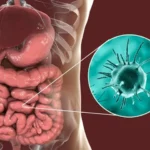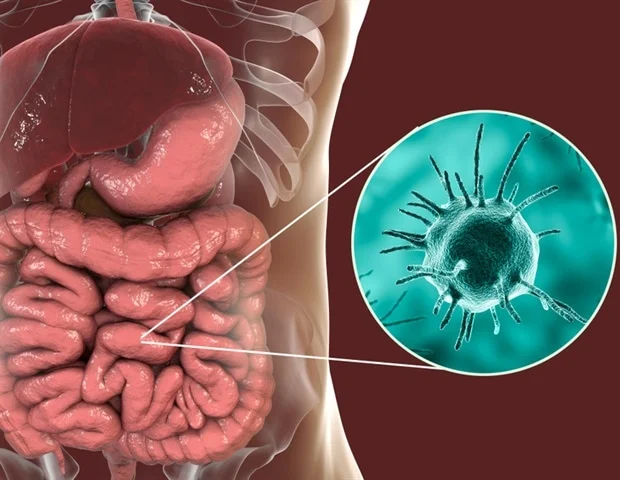Have you ever felt like your body was talking to you? Chronic pain has a way of sending strong messages. For many people, it can stay for weeks or even years. Sometimes, nothing seems to work. Medications may help for a while, but side effects can make life harder. It is easy to feel stuck, but there is hope.
More people are now looking for answers through gentle, natural therapies. One treatment drawing attention is acupuncture. In this blog, we will skim through the real information you can trust. By the end, you will know what to expect if you decide to try acupuncture therapy in Park Ridge for chronic pain.
Understanding Acupuncture: History and Principles
Acupuncture has been used for over 2,000 years. It started in China as a part of traditional Chinese medicine. People believed energy, called Qi (say “chee”), flows in your body. Thin needles placed in certain spots on the skin were thought to help balance this energy and let your body heal.
In Western countries, science sees things differently. Doctors think acupuncture helps by working on the nerves, muscles, and chemicals in your body. When a trained professional puts needles in your skin, it can cause your brain to release natural painkillers called endorphins. It may also help blood flow and lower swelling. The bottom line? People hope acupuncture can help your body react in a new way, so pain gets smaller and you feel stronger.
Scientific Evidence: Can Acupuncture Relieve Chronic Pain?
Doctors and scientists have studied acupuncture many times. Some groups, like the World Health Organization and the National Institutes of Health, say acupuncture may help with some kinds of long-term or severe pain. Let us look at what research shows.
One large study found that acupuncture helped people with back pain, neck pain, and arthritis. These people felt less pain after several weeks of treatment. Another report looked at headache and migraine pain. It showed people had fewer headaches after getting acupuncture. Fibromyalgia, a condition that causes pain all over, may also get better for some people with this treatment.
Not all studies agree. Some say acupuncture helps a lot, while others say it works almost as well as “sham” (fake) treatments. Still, the findings are clear enough that many doctors now suggest trying acupuncture, especially if other treatments do not work well or cause too many side effects.
Types of Chronic Pain Most Responsive to Acupuncture
Acupuncture can help with-
- Low back pain: Many studies show less pain and more movement.
- Osteoarthritis: People with sore knees or hips get relief after a few visits.
- Migraines and tension headaches: Fewer headaches and less pain are happening each month.
- Neck pain: Better range of motion and comfort.
- Fibromyalgia: Less soreness and tiredness, though improvement is gradual.
A study in The Journal of Pain found that people with chronic back and neck pain had less pain and were able to do more after 10 or so acupuncture sessions. Another review in The British Medical Journal showed that acupuncture helped people with headaches have fewer days of pain each month.
Safety and Possible Side Effects of Acupuncture Therapy
Many people worry about the safety of needles. Acupuncture is usually very safe when you go to a well-trained, licensed professional. The needles are very thin and single-use, so the risk of infection is very low.
Common side effects are-
- Small bruises or slight bleeding where needles go in
- Feeling tired after a session
- Light soreness or redness, which goes away fast
Very rare problems can happen if the person is not trained well, such as infection or a needle being pushed in too deeply. Always check your acupuncture therapist’s licence and qualifications. If you have a bleeding problem or use blood thinners, talk with your doctor first.
Acupuncture Benefits and What to Expect from Treatment
You may be wondering, “What are the real ‘Acupuncture benefits‘ for chronic pain?” Here are a few that people notice most-
- Less pain, sometimes as soon as after a few visits
- More movement and comfort in daily life
- Fewer pain medications needed
- Feeling calmer and less stressed
- Better sleep
When you visit an acupuncture therapy provider, your first session begins with a talk. The therapist asks about your pain, medical history, and lifestyle. They look at your tongue, feel your pulse, and ask simple questions to learn about your health.
You lie down in a quiet room. The therapist puts thin, clean needles into spots on your body. You may feel a small pinch or nothing at all. You rest with needles in place for about 20 to 40 minutes. Most people feel calm or even sleepy. After the therapist removes the needles, you can go back to your regular day.
People often need several sessions for the best results. Some feel better right away. Others notice improvement after five or six visits. Your therapist will make a plan built just for your needs.
Enhancing Results: Lifestyle Considerations with Acupuncture
Acupuncture works best when you help your body in other ways, too. Healthy habits can make pain less severe.
Try these steps-
- Move your body each day. Gentle walks, stretching, or swimming can help.
- Use heat packs or cool packs for sore spots.
- Watch your posture, especially when sitting or standing.
- Try deep breathing or meditation to lower stress.
- Eat regular meals with fruits, vegetables, and lean protein.
- Avoid smoking and limit alcohol.
Sleep is key, too. Set up a calm bedtime routine, and go to sleep at the same time each night.
The Bottom Line
Chronic pain can interrupt work, family, and fun. Many people in Park Ridge are looking for safe, gentle ways to find relief. Acupuncture is a method that uses your body’s own healing power. It has roots in ancient medicine and clear support from trusted health groups for some types of pain. Most people feel fewer side effects than with pills or shots.
If you are ready to try something new, look for a trusted provider. Talking with a professional makes sure treatment fits your needs. For many, acupuncture brings real pain relief, more comfort, and true hope. A natural choice can sometimes bring the biggest change. Would you give it a try?















Leave a comment